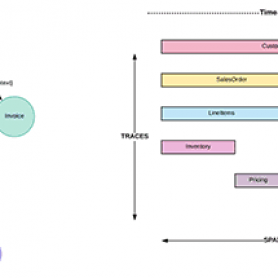How Microservices and APIs Work Together [Infographic]
As customers increasingly seek personalized and interconnected experiences, organizations must elevate their digital strategies to meet and exceed customer expectations. Microservices are often credited
Microservice Strategy: Not All Services Are Created Equally
At MuleSoft, we regularly have discussions with organizations about the role of our integration and API platform in the context of a microservice architecture.
6 fundamental principles of microservice design
Companies must remain proactive and innovative in today's digital-first environment to keep pace with changing customer demands, emerging technologies, and improved processes. As organizations
Top 6 microservices patterns
Once considered one of the hottest up-and-coming technologies, microservices have now seen widespread adoption as a way to deconstruct the large, complex infrastructures within
Getting started with Anypoint Service Mesh
A service mesh is an architectural pattern for microservices deployments. Its primary goal is to make service-to-service communications secure, fast, and reliable and is
5 tutorials to get started with Anypoint Service Mesh
Building a service mesh is now a critical step for companies that have invested in microservices. With Anypoint Service Mesh, organizations can extend the
How MuleSoft fits into today’s IT world
This blog post is based on the internal work of Thomas Baumgart, former MuleSoft Client Architect, and is now being published by MuleSoft. In previous
How to mitigate unhappy paths with an event-driven architecture at scale
The reality of supporting production event-driven architecture at any reasonable scale is that it can be challenging, especially when dealing with bad events and
Mule microservices distributed transaction tracing
With the advent of microservices, the functionalities that used to be bundled together in a single web/mule application are now running on different containers
Is this the end of microservices?
It was inevitable! With such euphoria greeting the concept of microservice architecture in 2014, it was only a matter of time before the trough
























